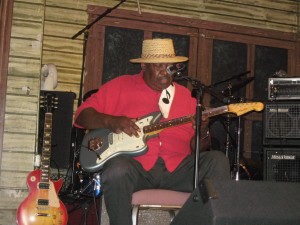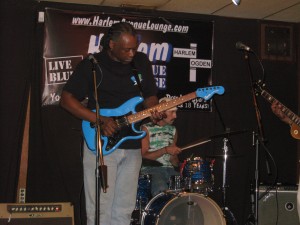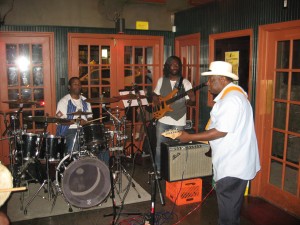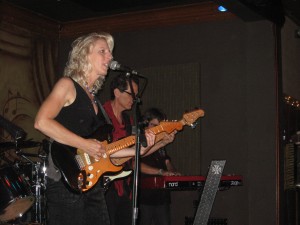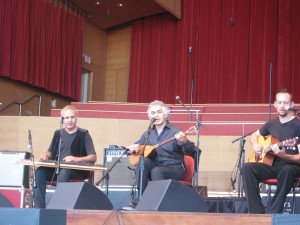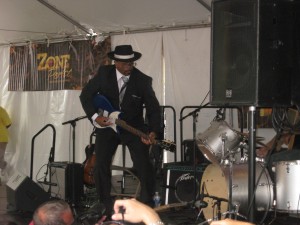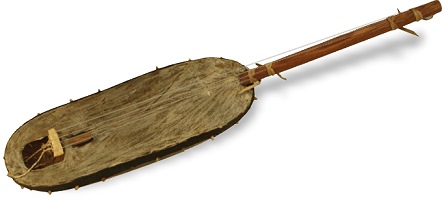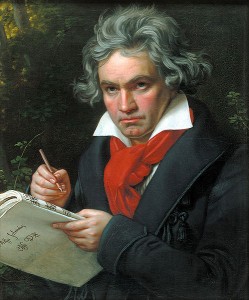Alice Sara Ott gave an amazing solo piano recital at Symphony Center on Sunday, 2 June 2013. She played Wolfgang Mozart’s Nine Variations in D Major on a Minuet by J.P. Duport (1789), K. 573; Franz Schubert’s Piano Sonata in D Major (1825), D. 850 and Franz Liszt’s Grandes études de Paganini (1838 | 1851). The Liszt was described as especially challenging to play and it certainly sounded like it. Ott made it sound effortless, which made her musical ability and technical skill all the more impressive.
The program reminded me of the way creativity is in part a process of call and response. Works of art call to us and we respond in various ways. In classical music, composers have often written works as variations on the work of other composers, as Mozart did here.
Liszt was so powerfully affected by seeing violinist-composer Nicolo Paganini perform in Paris that he vowed to become the Paganini of the piano. Paganini inspired him to work on his piano technique for four or five hours a day. Later Liszt tried to create an equivalent of Paganini’s work on piano.
Ott played the entire program without music. How many hours must she have practiced these complex and difficult works to achieve the level of mastery she showed? Her calling to be a pianist (she began lessons at age 4) is obviously very powerful, as is the call of these composers. When one plays a song or piece of music until it becomes yours in some deep interior sense, then the magic happens.
This creative call and response also occurs throughout the history of the blues. Blues musicians responded to songs they heard and liked by adding them to their own repertoire. They also adopted or “borrowed” parts of lyrics, riffs or melodies, incorporating them into songs of their own creation. I’ve often heard a blues song and recognized a line or phrase I’ve heard in someone else’s song. Once the blues were more widely recorded (and copyrighted) this freely flowing exchange diminished.
Call and response is also an important concept within the blues and related music, but that’s a topic for another post.
